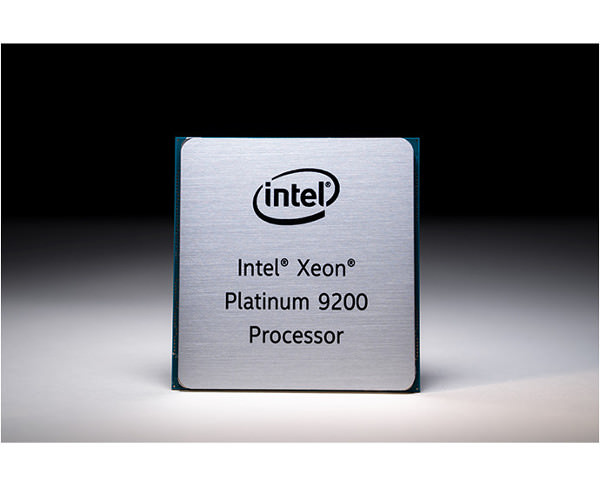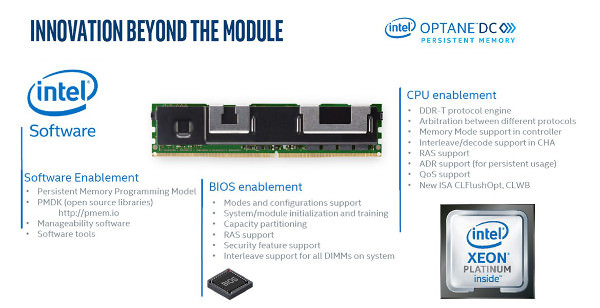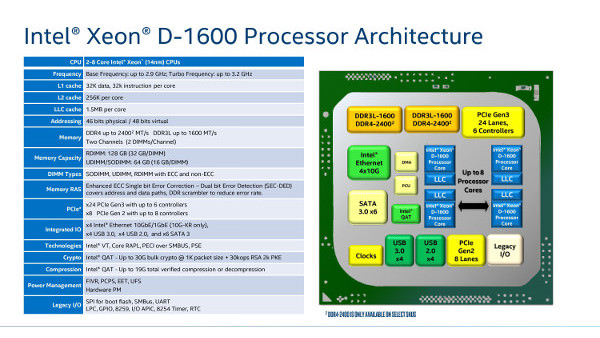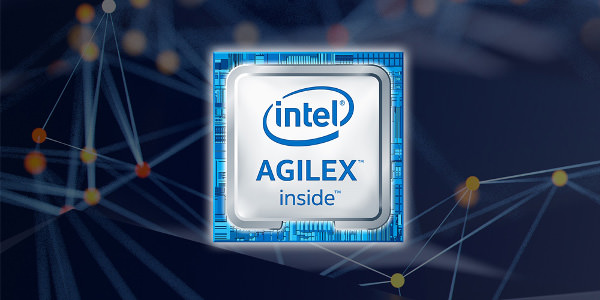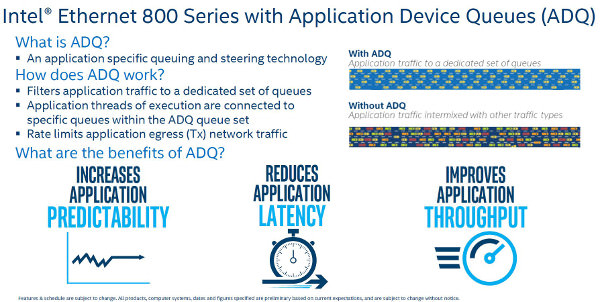Intel Xeon Platinum 9200: Cascade Lake conquering data centers
Intel presented an avalanche of innovations aimed at the world of data centers. From today the new Platinum Intel Xeon 9200 CPUs and the very fast Optane DC persistent memories are available, while for the 100 Gbe Ethernet cards, we should wait a few months.
Intel’s focus is increasingly directed towards data centers, as the giant of Santa Clara already indicated last August, and the recent announcement only reiterates this concept. The new Intel Xeon CPU, Optane DC memories and Intel Agilex FPGA have been announced, manufactured using a 10nm production process and optimized for Edge computing applications.
Intel Xeon Platinum 9200: Cascade Lake CPU with 56 cores
The second generation Intel Xeon CPU are not based on a completely new architecture and still share many aspects with the previous series. This does not mean that Intel has remarried on its laurels and limited small cosmetic updates, as demonstrated by the integration of Intel DL Boost technology.
Behind this high-sounding name lies the support for AVX-512 VNN extensions, useful for accelerating the typical calculations of applications such as scientific simulations, financial analysis, 3D modeling and analysis, data encryption and compression and – as the name suggests – artificial intelligence and deep learning.
Intel has also paid close attention to the fixes for Specter and Meltdown vulnerabilities, and now the performance drop is less than that experienced in previous generations of CPU.
The new range consists of 4 CPUs, with Platinum Intel Xeon 9282 as top of the range: a power monster with 56 cores, 112 threads and 77 MB of L3 cache. The basic frequency is 2.6 Ghz, which can reach 3.8 in boost mode.
| Core/Thread | Base/Boost Frequency | L3 Cache | TD | |
| Platinum Xeon 9282 | 56 / 112 | 2.6 / 3.8 | 77 MB | 400W |
| Platinum Xeon 9242 | 48 / 96 | 2.3 / 3.8 | 71.5 MB | 350W |
| Platinum Xeon 9222 | 32 / 64 | 2.3 / 3.7 | 71.5 MB | 250W |
| Platinum Xeon 9221 | 32 / 64 | 2.1 / 3.7 | 71.5 MB | 250W |
Intel Optane DC: persistent RAM
In data canters the quantity and speed of RAM is a critical aspect, even more than the power of the processors. Intel Optane DC combines the speed of RAM with the persistence of SSD data, allowing a significant increase in performance in memory-hungry applications. When the system RAM is not enough, the CPU will look for data on Intel Optane DC and only then, if it does not find them here, will it access the significantly slower SSD disks.
Intel Xeon D-1600 and Intel Agilex FPGA, Intel’s proposals for edge computing
If the Intel Xeon 9200 series are designed for use in datacenters, the Intel Xeon D-1600 and the new Intel Agilex FPGA are perfect for edge computing. Xeon D-1600 is specifically a SOC (System on Chip) with a frequency of 2.9 Ghz (3.2 in Turbo mode) capable of supporting 128 GB of memory, and with a 10 Gbe network interface and intent of Intel is the ideal solution for undertake the transition to 5G and extend edge solutions.
Intel Agilex is also designed for edge. It is a FPGA (Field Programmable Gate Array) realized with 10 nm process, able to offer 40% higher performances compared to its predecessor and designed to allow transformative applications for edge computing, networking (5G / NFV) and data center.
Intel Ethernet 800, the 100 Gbe network card
In the data center field, the network card can be an extremely limiting bottleneck, and even the most recent 40 Gbe interfaces are put to the rope by the most demanding cloud applications.
The Intel Ethernet 800 cards want to put an end to these limitations by offering a transfer rate of 100 Gbit/s and introducing the concept of ADQ (Application Device Queues), a technology aimed at reducing latencies and improving data transfer giving priority to critical applications.
Unlike Optane DC, available on the market today, to get your hands on the Intel Ethernet 800 you will have to wait until the third quarter of 2019, while Agilex will be available from the second half of the year.


